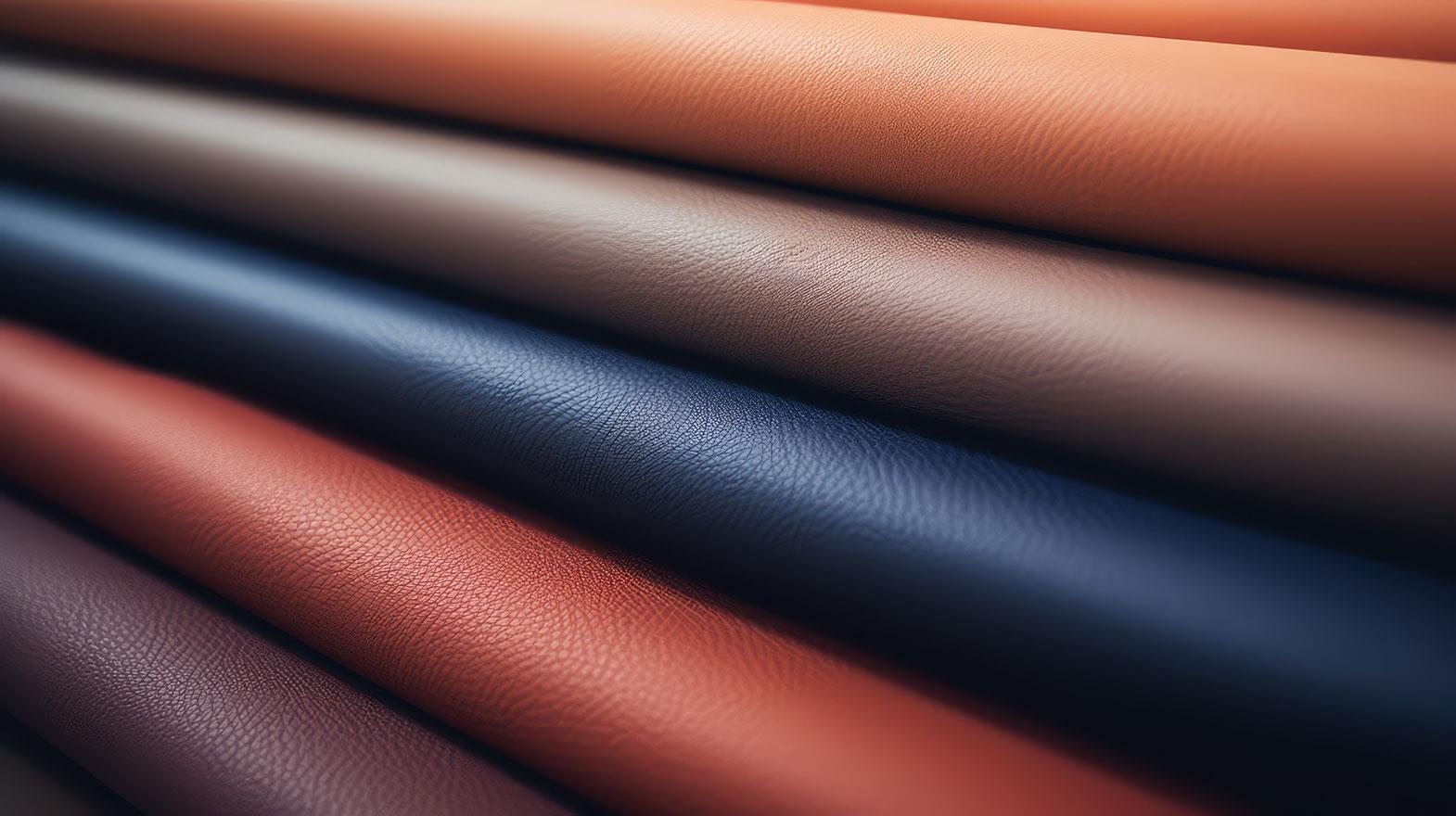As the global population boom, thereare inevitable implications on livestock. Demand for food and shelter havegrown manifold resulting in an alarming scarcity of land meant for rearinganimals, says Satyadeep Chatterjee.
Trends have to be predicted taking into consideration possible drasticchanges. Fashion consumers are becoming more conscious of the environment. Theyprefer eco-friendly material, conservative use of resources, reduced emissionof pollutants, greater social commitment and fair treatment of employees inproduction facilities.
The presence of a large number of players in the sector has intensifiedthe competition to garner a larger chunk of the market share of this lucrativeindustry. On the demand front, consumers are rapidly aligning towards newdesigns and innovative leather offerings to ensure they are in sync withchanging fashion trends. Another factor that needs to be taken into account isthe rise of the BRICS (Brazil, Russia, India, China and South Africa)economies. Their dominant position in the labour-intensive textile and leatherindustries makes it difficult for other countries to match them.
Owing to high demand, the leather goods industry is on a growth spree.Forecasts are, this vertical will grow at a CAGR of 3.4 percent over the nextfive years and will touch US$ 91.2 billion by 2018.
The softest, most luxurious leather comes from the skin of newborn oreven unborn calves. Sourcing this leather is unethical. Though it is a verydurable and flexible material, the process of tanning leather is incrediblytoxic. Most of it is chrome tanned, which results in carcinogenic chromium (VI)being pumped into the water table.
In many countries, quality standards are very high. Leather manufacturesare trying to produce more sustainable products by prohibiting harmful dyes andchemicals. Unfortunately, only a few customers are willing to pay more forthese 'greener' products. One pioneer of this trend is renowned fashiondesigner, Stella McCartney, who is using eco-friendly material for her shoesand handbags.
Innovation in luggage and leather goods with new technologies and designis the major driving force for the industry. LVMH Moet Hennessy Louis VuittonSA, Coach, Inc., Kering SA, Prada S.p.A, and Hermes International SCA are someof the major manufacturers of the luggage and leather goods industry.
Professors at the University of Delaware chemical department aredeveloping artificial eco-leather that can be used to make shoes, handbags andother fashion accessories. Richard Wool, director of University of Delaware,said at the 17th Annual Green Chemistry and Engineering Conference in Bethesda,"We are basically taking aerospace engineering of highly complex materialsand using it to make wearable items that offer a much better design forconsumers, than the original design from an animal would be. And it is allgreen and sustainable."
The conference, which regularly attracts scientific leaders from around the world, is sponsored by the American Chemical Society's Green Chemistry Institute.
The Affordable Composites from Renewable Sources programme, headed by Wool, began developing what he calls "eco-leather" four years ago in collaboration with Huantian Cao, an associate professor in the university's fashion and apparel studies department. The researchers hope their efforts will lead to the development of mass-produced apparel and footwear from renewable resources.
Eco-leather is made with natural fibres such as flax or cotton mixed with palm, corn, soybean and other plant oils that are laminated together in layers to create something that looks and feels as if it came from an animal. It is breathable. It does not resemble plastic. Unlike real leather, which requires the toxic tanning process, materials in eco-leather are sustainable and produce a low carbon footprint. On the flip side, the product is stiff, it is difficult to work with and the stitching breaks. So we cannot yet use techniques available to make shoes with this material. But the future holds promise.
Interest in the eco-leather material is growing. Brands like Nike, Puma and Adidas have requested samples so that they can experiment with this new product.
If we can use plants to make bio-based material that replaces leather -- which has environmental and social concerns surrounding it --- the substitute could be worth the wait.
Designers love the concept of an alternative because it gives them a whole element of design that they did not have before when they were trying to work with polyvinyl chloride (PVC) as artificial leather.
We are finally on the verge of achieving a new dimension in the leather technological strata. The alternative will also enable us to stop animal slaughter for leather and conform more with the environment.








Comments